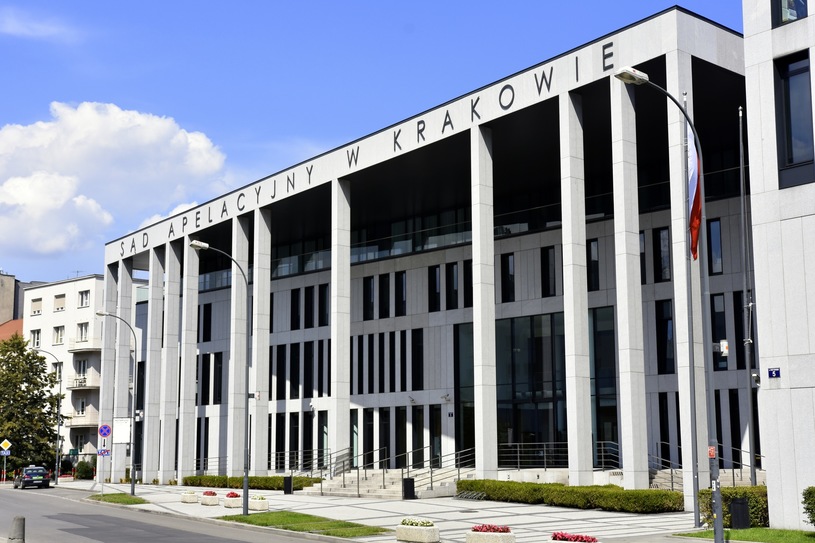Illicit Actors and Organizations in the aspect of cryptocurrency market

Illegal organisations, or other illegal cryptocurrency entities, are groups transacting with cryptocurrency whose activities do not necessarily rise to the level of criminality, but are nevertheless considered risky due to activities balancing on the edge of legality or reputational risk. One example of such entities are implicitly sex-related sites such as RubRatings. The site in question allows massage therapists to publish advertisements encouraging clients to use their sexual services and includes Bitcoin as a payment option. While services offered by the said website are as a rule legal, the RubRatings website implies the availability of sexual services and the site itself is listed as a human trafficking intermediary, therefore the RubRatings organisation, can be categorised as illegal.
Domestic Extremism and Racial Hatred
Another example relates to the organisations and public figures associated with domestic extremism and racial hatred. Many of these organisations accept donations in the form of cryptocurrencies, and it can be expected that more will follow, as with the current interest in cryptocurrencies, organisations will continue to move away from conventional payment. Examples confirming this trend are publications such as the Daily Stormer, as well as the work of public figures such as Nick Fuentes. Extremist rhetoric itself is generally not illegal in most jurisdictions, but many of these groups have been linked to incidents involving outright violence. Examples of such incidents include: The 2017 Unite the Right rally in Charlottesville, Virginia or the 2021 riot in front of the US Capitol. In the latter case, Chainalysis found that several people with alt-right views, including some associated with the rally immediately preceding the riot, had received large donations in bitcoin one month earlier.



